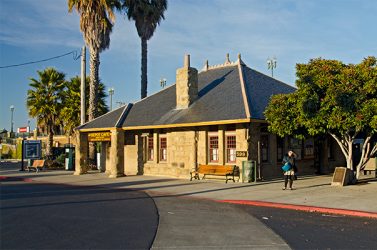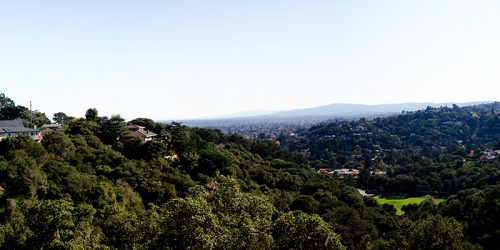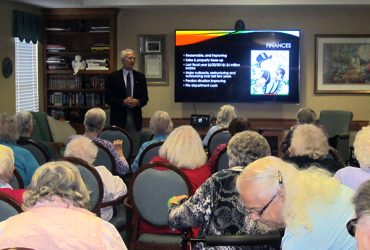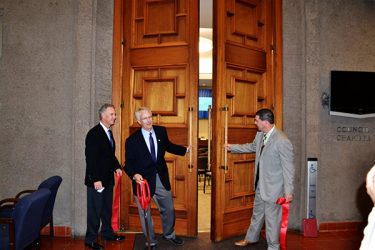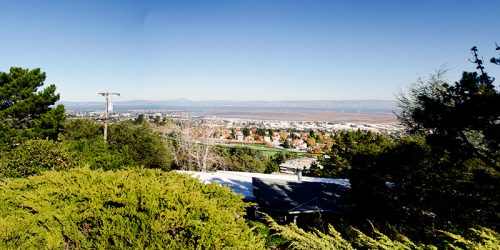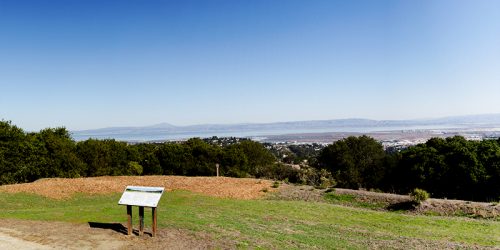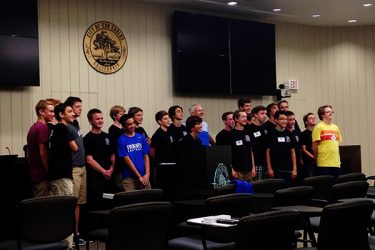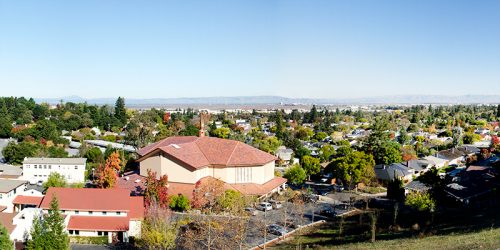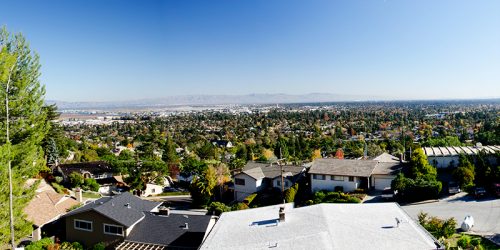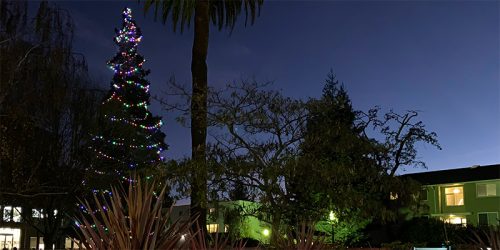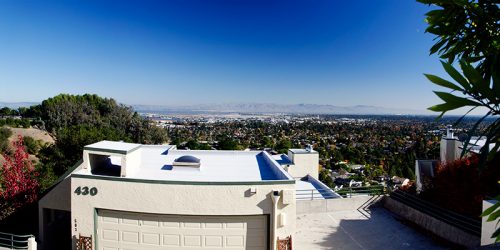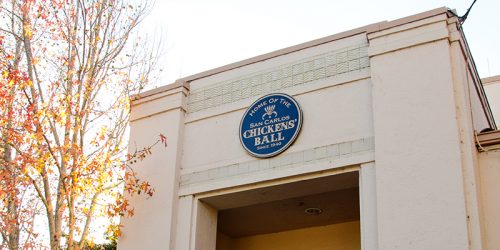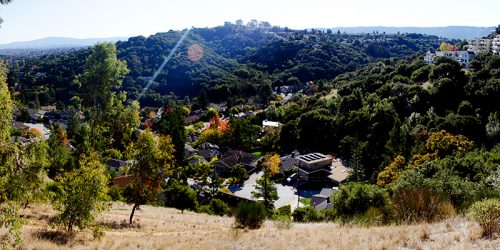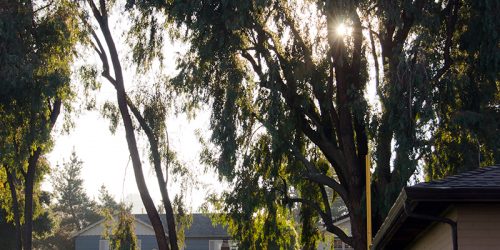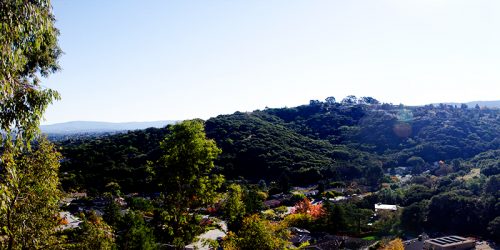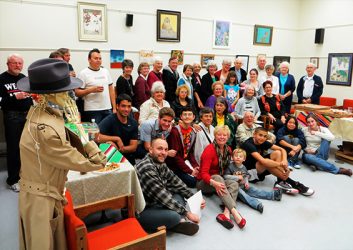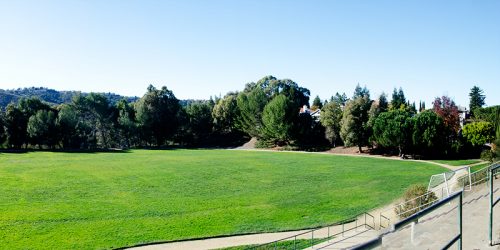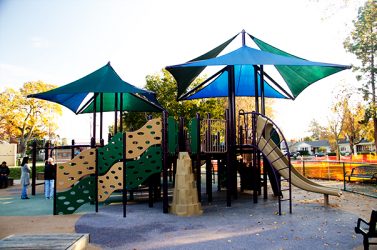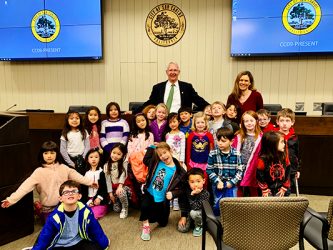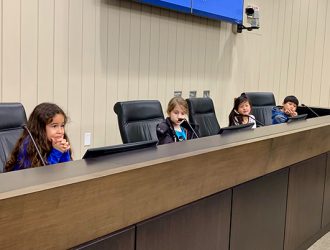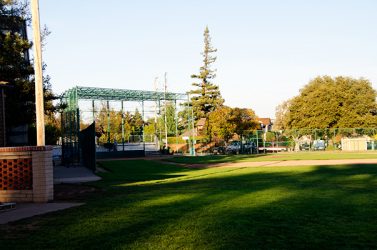Today was the joint City Council/City staff semiannual planning retreat. It defines both longer-term goals and the specific objectives that staff will pursue over the next six months. I thought it was a generally useful exercise, but there’s room for improvement. I also have a better idea now of why the efforts pursued by the City sometimes get out of sync with community expectations.
Keep in mind as you read this post that nothing is official until it’s adopted by the Council, probably on March 15th. However, the final form of the various statements, goals and objectives will likely hew closely to what was produced today.
The first exercise today involved re-writing the City’s vision statement. What we came up with was short and to the point:
By 2017, San Carlos will be a vibrant family- and business- friendly community admired as a great place to live, learn, work and play.
I’m not the biggest fan of vision statements, but if you’re going to have one it must be clear, and resonate on a gut level. I think this language does that. I’m also glad we kept family — which in my mind includes single person families — first. Many municipalities place business and residential interests on par, or worse yet put business interests ahead of residential ones. That’s equating the cart and the horse. Communities want a strong business element because having one strengthens the community by providing jobs, offering economic opportunities to resident business owners, etc. But the goal is to have a strong community of people, not a strong collection of businesses. It’s just that to achieve the goal it pays to have a strong business component.
I won’t bore you with a blow-by-blow of all the goals and objectives that were crafted. The entire package should be available shortly on the City’s website. I encourage you to review it, and share your reactions and ideas with City staff and the Council before it comes up for adoption. But I will mention two objectives I got added to the mix, because they represent the first steps towards my goals of improving the way our city government interacts with our community.
The first targets the need to bring the community along when difficult and expensive outlays are necessary. A good case in point, which we will have to tackle very soon, involves repairing our aging sanitary sewer system. The Council has the authority to raise sewer rates to fund those repairs after holding public meetings. But I want to see the City do more than just hold a public hearing. I want the value proposition sold on why the expenditures, and the increased rates, are necessary. If I just tell you I’m raising rates I’m sure your reaction will be negative. But if I explain why raising your sewer rates today avoids severe negative consequences down the road (e.g., fines, damage to the Bay ecosystem) I bet you’ll be more willing to accept them. Particularly if I also demonstrate we’ve done our homework on getting the job done at a reasonable price. Staff will be bringing a plan to the Council on how to educate and engage the public on these kinds of major programs, which once adopted can be used as a framework when rolling out a big project.
The second objective involves staff reporting to Council on local pollution problems and defining actions to resolve them. Many people don’t know our community is home to a site with the highest level of PCB contamination in the Bay Area. We also scored high for sites with chlordanes and DDT. These are not lists that we want to be at or near the top of! Yet while these problems have been known for years there’s been hesitation to address them because to do so will be complicated, and potentially costly. You can impose a cleanup obligation on a current property owner (technically the City can’t, but the County or the State can, and we can call them in), but if the net result is the owner abandoning the property you haven’t solved the problem. In fact, you’ve made things worse because you still have the pollution and you may have lost whatever revenues (e.g., sales or property taxes) the property was generating. But that’s no reason to sidestep the problem. It just means you have to be clever in your approach.
As I wrote at the outset, all in all I felt this was a productive day. There are a few aspects I think could be improved, though:
- Because all the department heads and the city manager participated the discussion was sometimes dominated by a staff perspective. That’s not necessarily bad — I want to hear from our experts — but it does tend to focus the effort on the short-term at the expense of the long-term. It also leads to the odd situation where goals are being set, in large part, not by our elected representatives but by staff. What I’d like to see is the kind of wide-ranging discussion we had today, but with the choice and prioritization of goals left solely up to the Council. We determine where the City should go. Staff has to figure out what needs to be done to get us there.
- Objectives that can’t be achieved in six months tend to be underrepresented. It’s true eliminating the horizon constraint completely could lead to an enormous number of very long term objectives being proposed. But surely there’s a happy medium. We’re about to adopt a two year budgeting cycle. Why not use a one year objective horizon?
- The most precious time in the world for local elected leaders is the time we get to spend talking to each other. That’s because the Brown Act forbids any three or more of us from meeting outside public view, except in narrowly-defined circumstances. That’s excellent public policy, and I fully support the Brown Act. But it does mean I wish the Council had spent some time today talking together as a Council. If we aren’t allowed time to discuss issues among ourselves then we’ve made it much more difficult to define the long-term direction of the City. And if we don’t do it, the community loses an important means of choosing its future. I plan on urging the Council to hold a shorter, complementary (and still public) annual retreat where we talk about the future direction of the City with staff present, but among ourselves.
